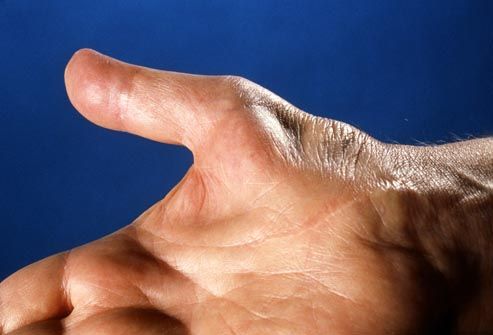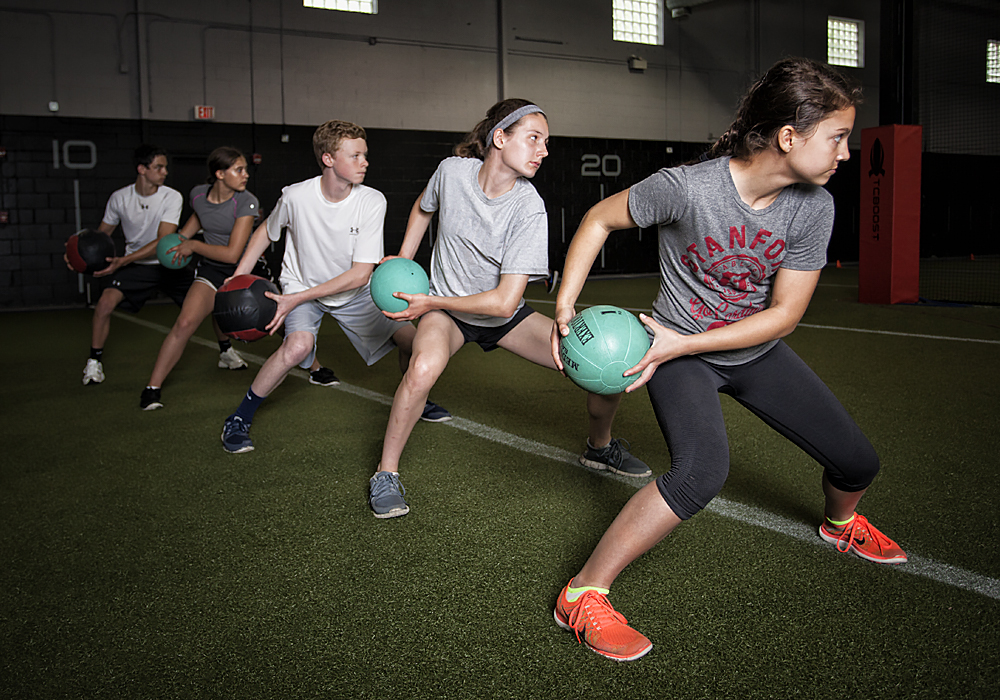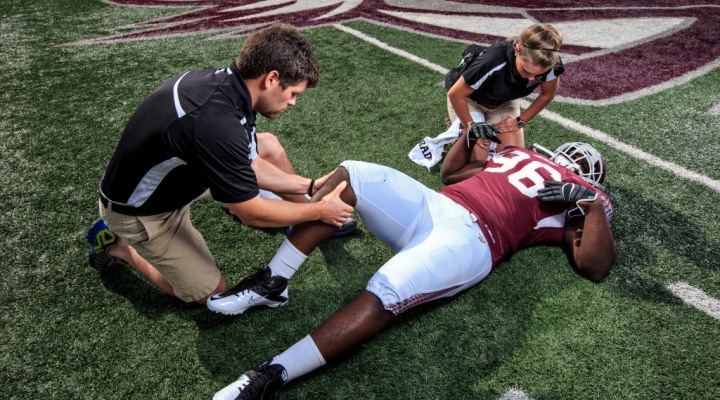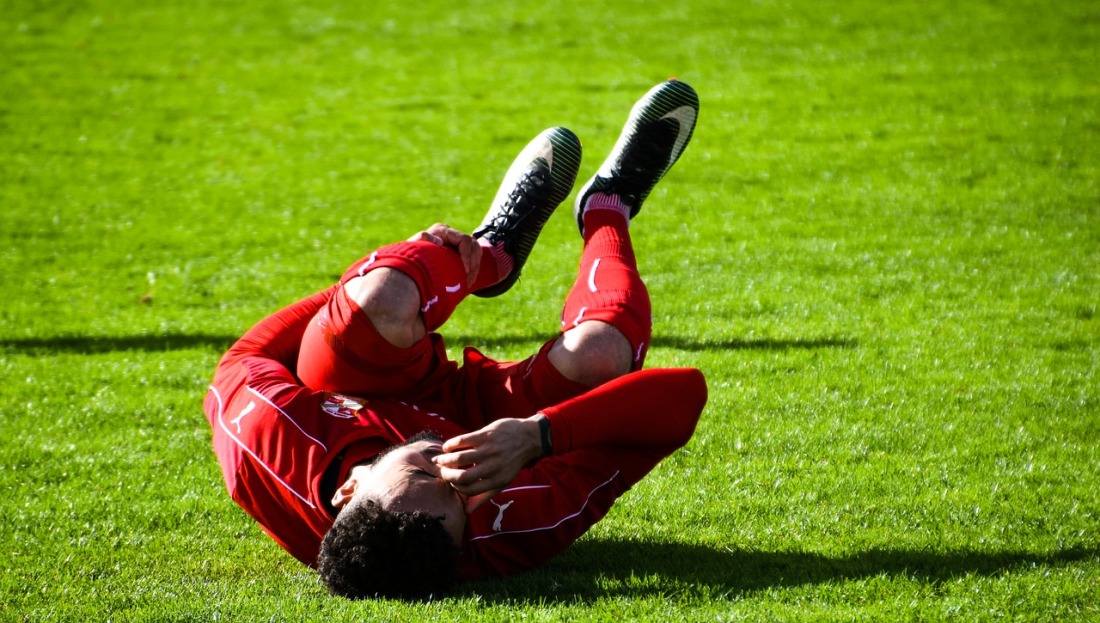One great way to lose those pesky flabs is having a workout that matches boxing-inspired cardio with strength routines. Below are three simplified boxing workouts to maximize calorie burn and increase your metabolism, even as you improve your cardiovascular fitness, courtesy of sports training enthusiast Ryan Shephard.

Jab Cross Power Drill
To do this, get into a standing position with your right foot forward, elbows bent in front of your ribs, and hands in fists. Do a jab punch with your right arm, your palm facing the floor, then quickly draw your elbow back into a guard position. Throw a cross punch with your left arm, palm toward the floor, rotating your right hip into the punch and lifting your left heel. Continue the alternating jabs for one minute, switch sides, and repeat.

Side Shuffle Cross
Go into a split stance, with your left leg forward and your arms on guard. Throw a cross punch with your left arm, extending your arm and turning your palm toward the floor while rotating your left hip into the punch and lifting your left heel. Bring arms back quickly to guard position and do a single-side shuffle sideways to the left before immediately cross-punching with your left arm. Alternate sides and do as many reps as possible for two minutes.
Rock and Roll Stand Up
Stand with feet hip-width apart and your arms on guard, then lower into a squat. Drop your hips to the floor, sitting down and rounding back while you roll backward, your knees tucked into your chest and your arms on guard. Get back to a standing position, rising up through a squat with your arms kept on guard, explains Ryan Shephard.
Ryan Shephard is a University of Michigan student studying to become a certified sports and rehabilitation specialist. His education allows him to get to work with the best therapists and trainers in the field. More on Ryan and his interests here.

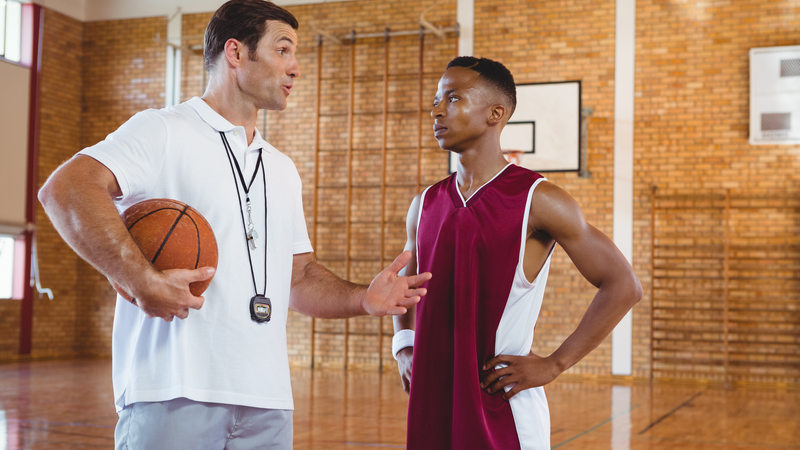

:max_bytes(150000):strip_icc()/GettyImages-568775853-5705f5993df78c7d9e96c571.jpg)

